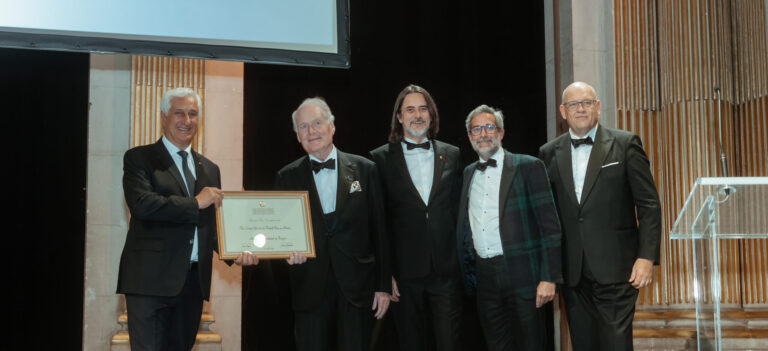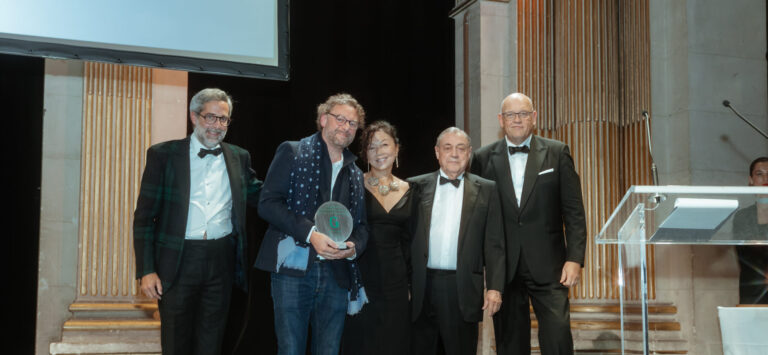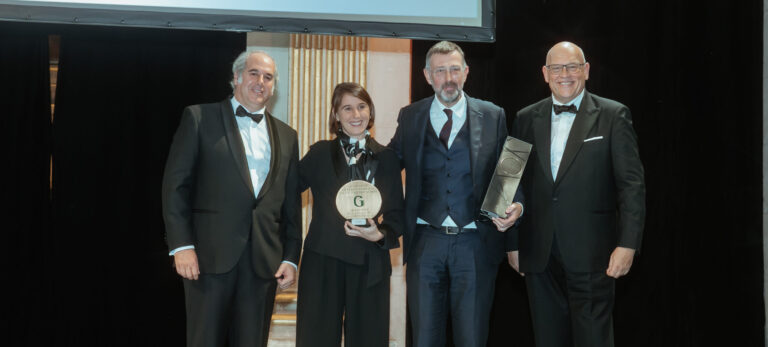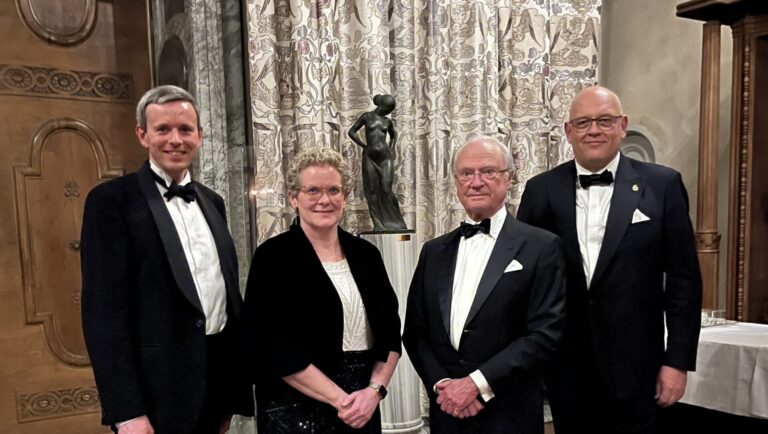France
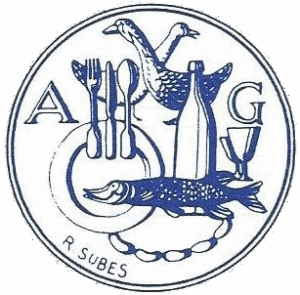
Academy des Gastronomes
The Academy of Gastronomes is one of the founding national academies of the International Academy of Gastronomy (A.I.G.). Here is its history.
The founding of the Academy of Gastronomes
It was during a dinner on June 22, 1927 at Viel , a restaurant on Boulevard de la Madeleine, that Maurice Edmond Saillant, known as Curnonsky, and his friends André Robine, Marcel Rouff, and Baron d’Aguy had the idea of founding a taste association, the purpose of which they defined as:
“The principal function of the Academy will be to work with all possible care and diligence to encourage the art of the table and to maintain, along with the rules of good eating and drinking, the traditions of French cuisine.”
The idea was born, and the Academy of Gastronomes was finally established at a luncheon on March 25, 1930, which approved the statutes and formed the first General Assembly. Curnonsky defined his vision for the Academy of Gastronomes:
“In founding the Academy of Gastronomes , I wanted to bring together an elite of gourmets made up of the men of letters who have written the best about food, the great specialists who know the culinary wonders and the good wines of France best, the hosts who hold it in the honor of welcoming guests well, and finally the personalities who preside over the main gourmet clubs.”
This idea of an Academy of Gastronomes was put forward by Jean-Anthelme Brillat-Savarin in 1826 in his Physiology of Taste . The founding of the Academy of Gastronomes was preceded by the creation of the Club des Cent in 1912 by Louis Forest. The Academy of Gastronomes and the Club des Cent are still the most renowned gastronomic associations in France today.
Its founder, Curnonsky
Maurice-Edouard Saillant (1872-1956) was the greatest gastronome of the first half of the 20th century. He took the pseudonym Cur non sky (Why not sky in kitchen Latin) during the Franco-Russian alliance, and pursued a career as a journalist and publicist (giving the name Bibendum to the Michelin Man) and published numerous novels and essays.
But his great passion was gastronomy. He wrote gastronomic columns in the Journal and Le Matin. He published with his colleague Marcel Rouff a monumental inventory of gastronomy, L a Franceastronomie in 28 volumes. He wrote many books on gastronomy during his life: The Gastronomic Treasure of France , A la fortune du pot , La table et l’amour , and at the end of his life Cuisine and wines of France.
He explored all the tables, from the simplest to the most renowned, not hesitating to cross France to taste a cassoulet; he even went as far as China to discover its gastronomy. He frequented the chefs and gastronomes of his time. He was one of the first to celebrate the alliance of tourism, gastronomy and the automobile, inventing the gastronomad neologism . He was elected Prince Elect of Gastronomes in 1927, following a vote of cooks and gastronomes organized by the magazine La bonne Table et le bon Gîte .
He lived simply, ate only one meal a day, always dined in restaurants, never entertained at home, having neither a dining room nor a cellar. During the war, he took refuge with Mélanie Ruat who ran an inn in Riec-sur-Belon. Curnonsky served as a model for Marcel Rouff for the character of Dodin-Bouffant, a gastronome, in his novel The Life and Passion of Dodin-Bouffant .
The statutes of the Academy of Gastronomes
The statutes of the Academy of Gastronomes, written by Léon Abric and René Millaud, were freely inspired by those of the French Academy, founded in 1635 by Cardinal Richelieu: it is composed of forty members (like the French Academy), emeritus members, free members and associate members.
The names of the armchairs were chosen by the first owners of each of them: they bear the names of great gastronomes (Prince de Talleyrand, Cambacérès, etc.), of writers on gastronomy (Brillat-Savarin, Grimod de la Reynière, etc.), of great chefs (Antonin Carême, Gouffé, Urbain-Dubois, etc.), of great gastronomic writers (Rabelais, Montaigne, Balzac, etc.) and of references to Antiquity (Epicurus, Ausonius, Virgil, etc.). Two names of armchairs sign the humor of their first owner: Le Chevalier de Maison-Rouge (hero of a novel by Alexandre Dumas) and Bain-Marie (a cooking term)!
Free members become holders of a seat following a secret ballot, when a seat becomes vacant following the death or the transition of a member to emeritus status after twenty years of good and loyal service.
How the Academy of Gastronomes Works
The Academy of Gastronomes organizes eleven lunches and six dinners per year: each meeting is organized by one of the members (who call each other confreres), the brigadier , who organizes with the chef the meal, the ordering of the dishes and the choice of wines. The brigadier tests the meal with one or more confreres: this is the rehearsal . Once the meal is finished, the president (or sometimes one of the confreres he has designated) comments on the meal, criticizing the dishes and wines, often literary, benevolent or complimentary, sometimes acerbic.
The December luncheon follows the annual general meeting and is presided over by the President and Grand Chancellor of the Academy.
To be a member of the Academy of Gastronomes , one must be presented at a luncheon, have two sponsors holding an armchair, be approved by the office of the Academy, then for a year, attend, as often as possible, the events of the Academy as an applicant , in order to judge his gastronomic and friendly qualities. The applicant finally becomes a free member following a secret ballot at the Annual General Meeting of the Academy. The names of the members of the Academy are confidential, and, according to the statutes, only the president can speak on behalf of the Academy. Many celebrities were part of it, including a Nobel Prize winner for literature, members of the Institut de France, famous writers, etc.
For many years, lunches were held at Maxim’s , rue Royale, then later and still today at Laurent’s , avenue Gabriel. Dinners are held in Parisian restaurants chosen by the brigadier.
Once a year, the Academy of Gastronomes organizes a lunch outside Paris, a gathering around a good table, often accompanied by a visit to the heritage, and trips in France or sometimes abroad, always combining culture and gastronomy.
Publications of the Academy of Gastronomes
Following the wishes of its founder, Curnonsky, the Academy of Gastronomes has always had a literary vocation and produces publications.
Each member of the Academy must, when assigned a chair, praise his predecessor and the illustrious personage who gave his name to the chair. This eulogy is read before the fellow members of the Academy during a meal and is then published by the Academy.
The Academy has published several reference works: The Dictionary of the Academy of Gastronomes , illustrated by Dunoyer de Segonzac and Paul Landowski, the President’s Hundred Menus and the Book of Sauces. A new edition of the Dictionary of the Academy of Gastronomes, completely revised, revised and largely expanded, was published in 2009 by Jean Vitalux, the current President of the Academy , and Benoit France (for wines), under the title Dictionary of the Gastronome. A new book is in preparation for the centenary of the Academy.
The idea of an Academy of Gastronomics prize for a literary work devoted to gastronomy, suggested by Curnonsky, is currently under consideration.
Successive presidents
Since the founding of the Academy of Gastronomes, its successive presidents have been :
- Curnonsky (1930-1948)
- Paul Gaultier (1948-1956)
- Vincent Bourrel (1956-1981)
- Jean Laurence-Frings (1981-1986)
- Jean Séfert (1986-1999)
- Michel Degroux-Ricard (1999-2013)
- Jean Vitaux (2013-2024)
- Arnaud Denieuil (since 2024)
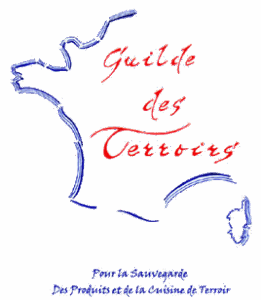
Guilde des Terroirs
E-mail: chantal.gdterroir@gmail.com

